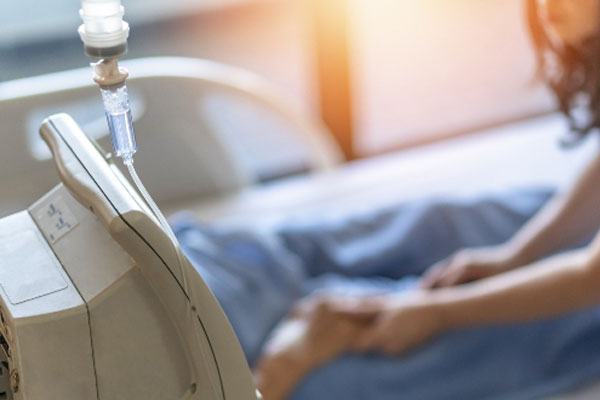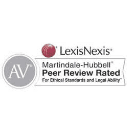Pain Pumps and PAGCL Lawsuit Attorney
The FDA warns pain pumps may be associated with the risk of a rare, but painful condition called Postarthroscopic Glenohumeral Chondrolysis (PAGCL), which leads to the permanent deterioration of cartilage, often requiring additional surgeries and even complete replacement of the joint.
The Time to File Your Claim is LIMITED.
Speak with a Lawyer for Free.
*By clicking the Submit button, I consent to being contacted by Altman-Nussbaum-Shunnarah Personal Injury Attorneys at the number I provided. I also consent to receiving advertisements and telemarketing messages by text message or pre-recorded call, either of which may be dialed by an autodialer. I acknowledge that my consent is not required for purchase, that standard message and data rates apply, and that clicking Submit constitutes my electronic signature for my consent to being contacted and my agreement to the Terms and Conditions.

What are Pain Pumps?
Anesthetic infusion devices, more widely known as pain pumps, are commonly used following surgical procedures in order to reduce pain. They can be used from anywhere between a few hours to a few days after surgery. Pain pumps consist of a pump and a catheter, which is placed in the joint of the surgical site. The pump automatically releases medication, which is delivered to the joint space by the catheter. Due to their close proximity to the actual injury, pain pumps are considered advantageous because they require smaller doses of pain medications, compared to oral drugs.
Due to the severity of these permanent side effects, pain pump patients may want to contact a pain pump lawyer at Altman-Nussbaum-Shunnarah for a free case evaluation to discuss the potential for a pain pump lawsuit.
Patients suffering Postarthroscopic Glenohumeral Chondrolysis may experience the following symptoms:
- Pain (even while sleeping or motionless)
- Grinding
- Stiffness
- Clicking
- Popping
- Weakness
- Decreased Range of Motion
Postarthroscopic Glenohumeral Chondrolysis
Postarthoroscopic Glenohumeral Chondrolysis, also referred to as PAGCL or chondrolysis, is the deterioration of cartilage material. The word “chrondrolysis” describes cells in cartilage that once dead, cannot regenerate. As the cartilage wears away, it leaves nothing behind in the joint besides bone. As a result, it causes bone to rub against bone, which is extremely painful.
Due to the nature of the symptoms, PAGC is a severe and life-threatening condition.
Treatment of PAGCL is difficult. While anti-inflammatories and other medications may provide limited relief, ultimately patients may need to undergo complete joint replacement surgery.
Cause of Postarthroscopic Glenohumeral Chondrolysis:
The exact cause of Postarthroscopic Glenohumeral Chondrolysis is unknown. It cannot be traced back to one specific aspect of pain pumps, although there is a correlation between the two.
The following medications have been included in pain pumps:
- Bupivacaine
- Chlorprocaine
- Lidocaine
- Mepivacaine
- Procaine
- Ropivacaine
Pain Pump Manufacturers:
Since the FDA released information concerning pain pumps, many patients have filed lawsuits against pain pump makers, including the following list of pain pump manufacturers:
- Stryker
- DJO Inc.
- I-Flow Inc.
- BREG Inc.
If you or a loved one has taken Actos, you may be eligible for compensation. Contact Altman-Nussbaum-Shunnarah Personal Injury Attorneys today at 1-800-229-7989 to learn more.
Altman-Nussbaum-Shunnarah Trial Attorneys is known nationwide for providing outstanding legal advice and excellent representation. We have recovered over $750 million in lawsuits involving 18 wheeler trucking litigation, wrongful death litigation, commercial vehicle litigation, motorcycle litigation, catastrophic litigation, and mass torts involving medical devices and bad drug litigation. Our prowess in the legal arena comes from our combined years of trial and complex litigation experience.
We founded our practice on the belief that the 7th amendment and the civil jury system is the best means to provide compensation to injured parties and deter wrongdoers from injuring others in the future.















